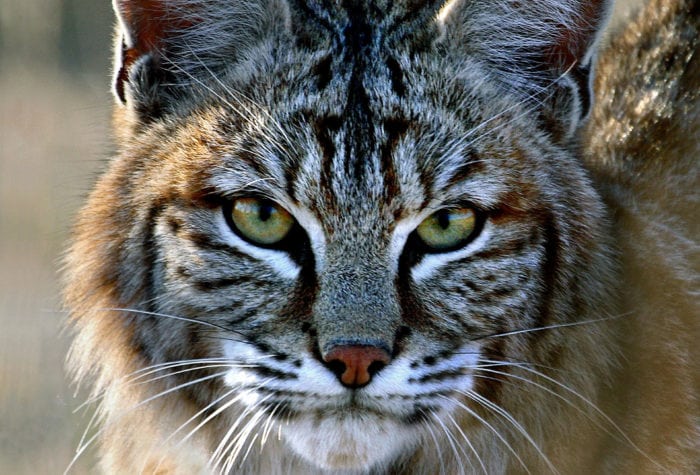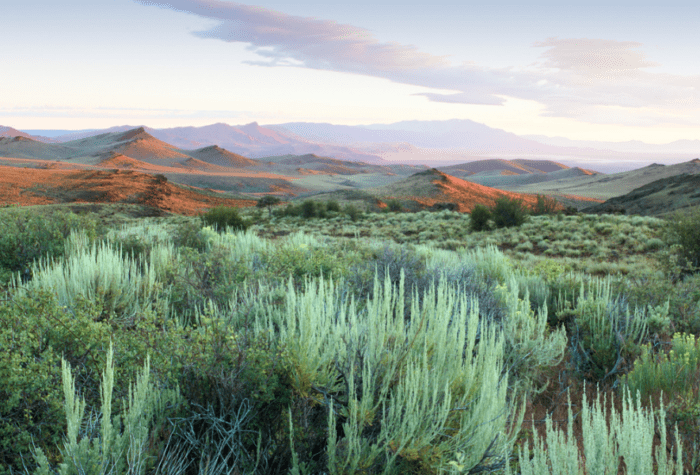Bluebirds of Happiness
By LeeAnn Kriegh
Is there any bird that inspires more passion and poetry than bluebirds? Henry David Thoreau, for one, wrote eloquently of the bird that “carries the sky on his back” and suggested that a person’s “interest in a single bluebird is worth more than a complete but dry list of the fauna and flora of a town.”
Out on the trails and backroads of central and eastern Oregon, Western and Mountain Bluebirds are perhaps more likely to inspire silent witness than poetry. Even old pros who’ve seen hundreds or thousands of bluebirds over the years will come to a standstill when they hear one, scanning the treetops and fence posts for a glimpse, and honoring the small birds with a few moments of quiet reverie.
The two species you’ll see in Oregon are the Western Bluebird and the Mountain Bluebird. Don’t read too much into their common names, as Western Bluebirds are now rare in western Oregon and Washington, and Mountain Bluebirds favor both the mountains of the Pacific Northwest and the high desert’s sagebrush steppe and juniper woodlands.



